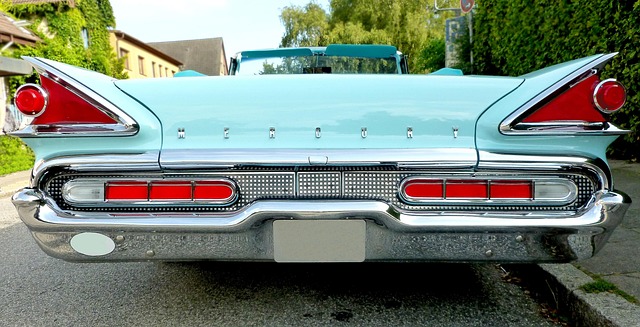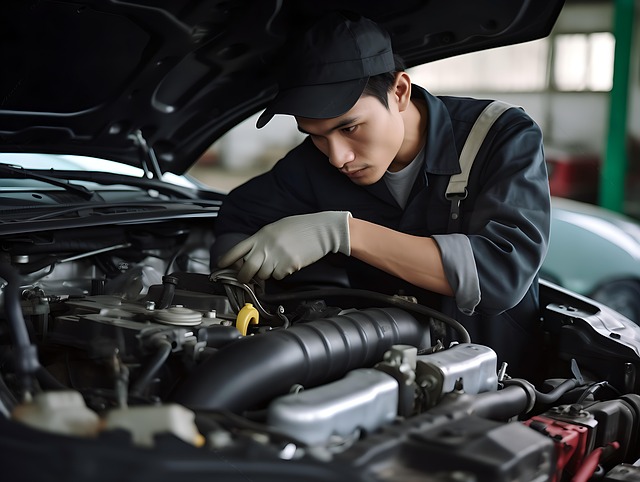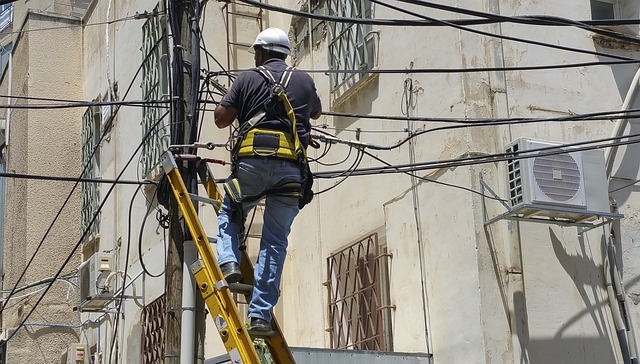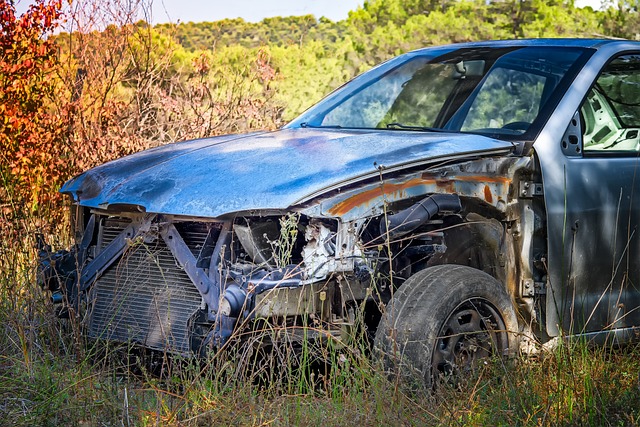Post-repair road testing is a crucial step ensuring vehicle safety and quality after bodywork repairs, such as paint jobs or frame straightening. This rigorous test drive assesses performance across diverse road conditions, identifying issues missed by visual inspections. Key factors like handling, braking, steering, and stability are scrutinized for any abnormalities, with detailed documentation tracking acceleration, top speed, cornering, brake performance, and unusual noises. Proper post-repair testing guarantees optimal vehicle functionality, reliability, and driver peace of mind.
In the automotive industry, post-repair road testing is a critical step ensuring vehicles meet safety and performance standards. Technicians play a vital role in this process by meticulously documenting each test for quality control and future reference. This article explores how technicians create and implement comprehensive Post-Repair Road Testing Checklists, focusing on understanding their purpose, essential components, effective documentation practices, and the advantages of digital tools for efficient management.
- Understanding the Purpose of Post-Repair Road Testing
- – Definition and significance
- – Key objectives of road testing after repairs
Understanding the Purpose of Post-Repair Road Testing

Post-repair road testing is a vital step in ensuring the quality and safety of vehicle repairs, especially in the realm of car bodywork services. It involves taking the repaired vehicle for a thorough test drive to assess its performance on various road conditions. This process is crucial, given that it goes beyond mere visual inspections or basic checks to reveal any hidden issues that might have been missed during the repair process. By conducting comprehensive post-repair road testing, technicians can verify the effectiveness of repairs, including car paint repairs and frame straightening services, thereby ensuring customer satisfaction and roadworthiness.
This test drive provides an opportunity to evaluate critical aspects such as handling, braking, steering, and overall vehicle stability. Technicians are trained to observe any unusual noises, vibrations, or performance indicators that may suggest underlying problems. For instance, during the test, a technician might notice a subtle pull to one side while turning, indicating an issue with alignment or suspension, which could have been caused by initial damage or misalignment during the repair process of car bodywork services.
– Definition and significance
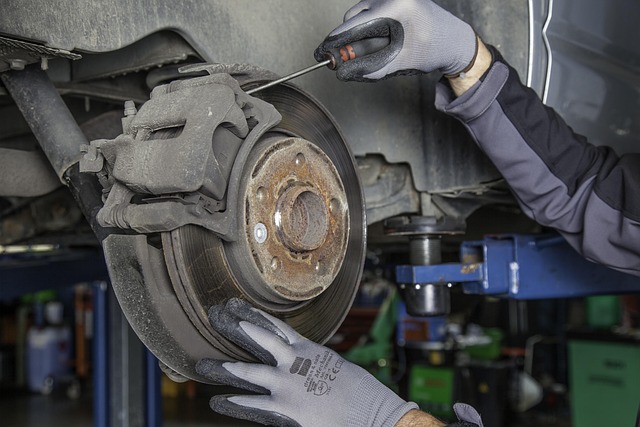
Post-repair road testing is a critical process in the automotive repair industry, ensuring that vehicles are safe and perform optimally after undergoing maintenance or repairs. It involves taking the vehicle for a test drive to evaluate its handling, braking, steering, and overall drivability. This step is significant because it verifies that all repairs have been executed correctly and that no issues remain undiagnosed. In the context of automotive repair, whether it’s a simple vehicle dent repair or complex auto bodywork restoration, post-repair road testing serves as a bridge between workshop and real-world conditions, guaranteeing customer satisfaction and road safety.
For technicians, documenting this process is essential. It involves creating a detailed checklist that covers various aspects of the test drive, such as acceleration, top speed, cornering, brake performance, and any unusual noises or vibrations. This documentation not only aids in tracking repairs but also provides a reference for future comparisons, enabling technicians to identify recurring issues and continuously improve their work. In essence, meticulous post-repair road testing and documentation are integral to maintaining high standards in auto bodywork services.
– Key objectives of road testing after repairs

The primary objectives of post-repair road testing are to ensure the safety, functionality, and reliability of a vehicle after repairs or restoration. This critical process involves simulating real-world driving conditions to verify that all fixes have been successful and that no new issues have arisen. For auto collision centers or auto repair shops handling complex jobs like vehicle paint repair, meticulous documentation is essential during this phase.
Road testing checks for various factors such as brake performance, steering accuracy, lighting systems, signal functionality, tire pressure, and overall roadworthiness. It also assesses the quality of repairs made to structural components, especially in cases where a vehicle has undergone significant damage. This comprehensive approach guarantees that when a repaired vehicle hits the road, it does so with enhanced safety features, optimal performance, and peace of mind for the driver.
Post-repair road testing is a vital step in ensuring vehicle reliability and safety. Technicians follow detailed checklists to document and verify the performance of repaired vehicles, upholding quality standards and customer satisfaction. By meticulously recording results from various tests, they contribute to a comprehensive understanding of the repair’s effectiveness, facilitating continuous improvement in maintenance practices and enhancing overall vehicle integrity. This meticulous documentation is key to maintaining high standards in automotive care, especially for complex repairs, thereby ensuring satisfying outcomes for both technicians and clients alike.
